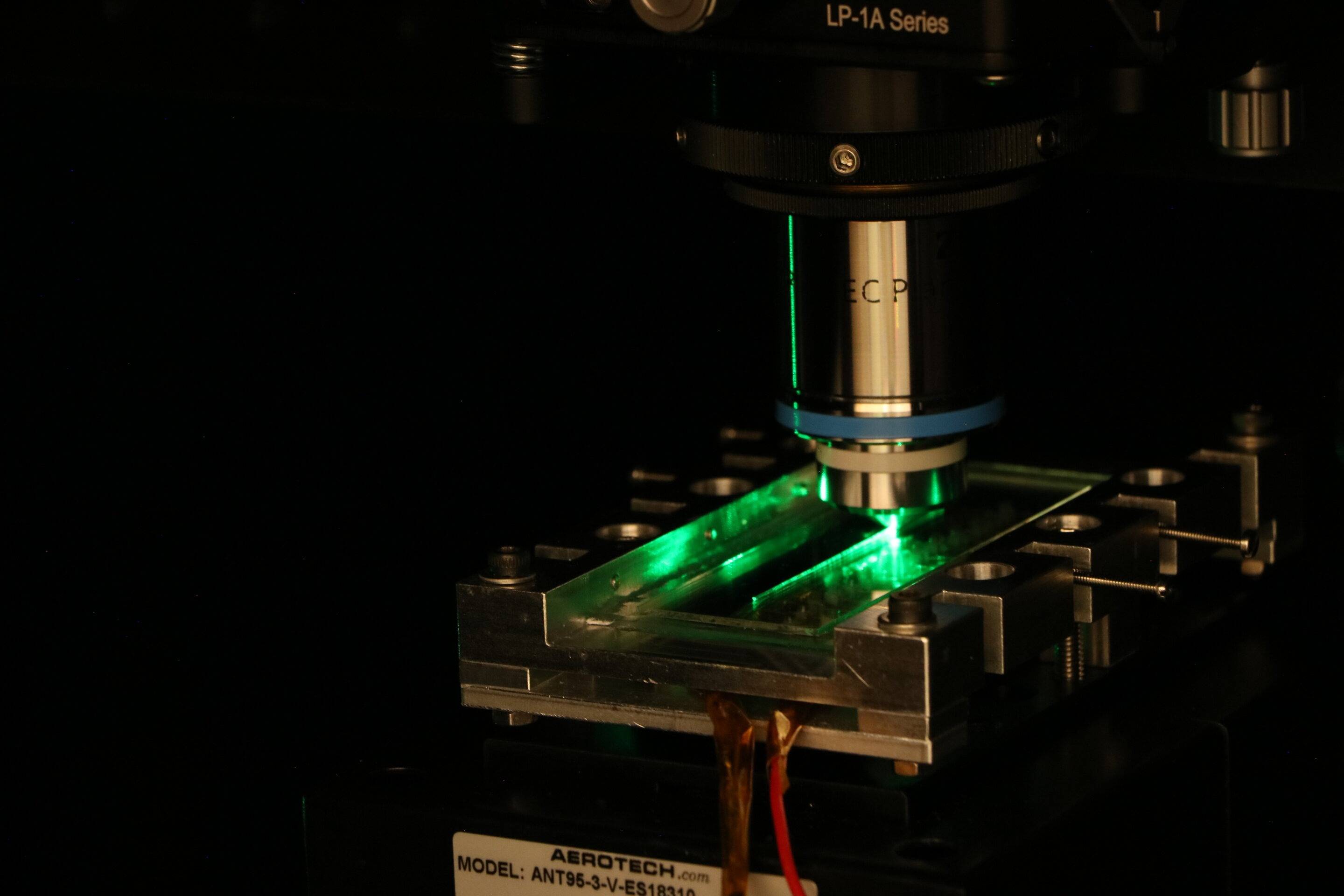A sensor made of Sapphire fibre could enable clean energy and emission reduction
A sensor made of Sapphire fibre could enable clean energy and emission reduction
#REPORTER
20 june ‘22
6 minutes
Words by Sophie Badaoui

Photo by Pixabay
Researchers at the University of Oxford have recently developed a new sensor, made of Sapphire fibre.

Photo by Pixabay
Researchers at the University of Oxford have recently developed a new sensor, made of Sapphire fibre.
Clean energy and emission reduction.
With a strong resistance to extreme temperatures, Sapphire fibre has the potential of enabling clean energy and emission reduction in aerospace and power generation.
One-hundredth of a millimetre in diameter.
The innovation is not simply fabricating a sensor made of Sapphire fibre. You see, such sensors already exist, but for twenty years, although the Sapphire fibre in those sensors was extremely thin, it was still too thick compared to the wavelength of light.
In other words, with those sensors, the light could take many different paths along the Sapphire fibre, resulting in many different wavelengths being reflected at once. The University of Oxford explains, “the researchers overcame this problem by writing a channel along the length of the Sapphire fibre, such that the light is contained within a tiny cross-section, one-hundredth of a millimetre in diameter.
With this approach, they were able to make a sensor reflecting predominantly a single wavelength of light.”
Many different potential applications
Indeed, Chief of University Research Liaison at Rolls-Royce plc Mark Jefferies shared, “This is exciting news and yet another important scientific achievement resulting from our long-standing partnership with Oxford University. This fundamental research could in time enable more efficient and accurate multi-point temperature measurement in harsh environments, improving control, efficiency, and safety.
We look forward to working with the University of Oxford to explore its potential.' Moreover, Rob Skilton, Head of Research at RACE, UK Atomic Energy Authority, also expressed his views on the subject: “These sapphire optical fibres will have many different potential applications within the extreme environments of
a fusion energy power plant. This technology has the potential to significantly increase the capabilities of future sensor and robotic maintenance systems in this sector, helping UKAEA in its mission to deliver safe, sustainable, low carbon fusion power to the grid”.
Finally, the leader of this research Dr Fells declared, “we are very grateful to the UK Engineering and Physical Sciences Research Council (EPSRC) for supporting this work and to the reviewers who saw the potential for the challenging work we proposed. We are now working with our partners to further develop the technology to the point where it can be integrated into suitable infrastructure.”

Photo by Julian Fells, University of Oxford

Photo by Julian Fells, University of Oxford
New opportunities in the field of technology
and sustainability
In sum, this innovative sensor has the potential to integrate new opportunities in the field of technology and sustainability, starting with clean energy and emission reduction. Hopefully in the near future, new innovations will be developed and will help us reduce our environmental impact.
https://www.ox.ac.uk/news/2022-04-21-sapphire-fibre-could-enable-cleaner-energy-and-air-travel




